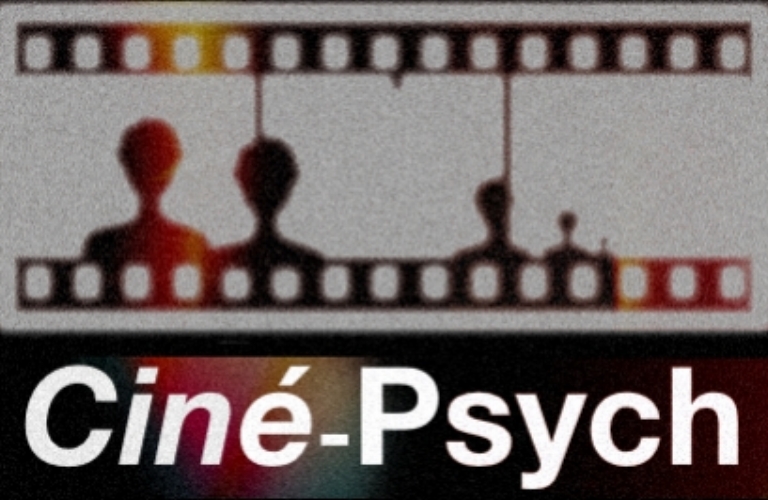VS. (2018) | dir. E Lilly | UK
Reviewed by Morgan Glass
Synopsis
After being kicked out of yet another foster home, Adam is sent to a new residence in his hometown. As he battles his past, he finds a new community in the underground rap battle scene. However, with this new community come new adversaries…
Stylistic Elements
Director Ed Lilly successful employs up close, tight shots during rap battles to create a claustrophobic feel, enabling the audience to feel the intensity, intimacy, and danger experienced by the battlers. Lilly uses mirrors shots (over the protagonist’s shoulder, capturing his reflection) to enable the audience to see Adam as he sees himself, during this time of critical identity exploration and development. These shots also facilitate the audiences’ empathy for Adam, because as voyeurs, we observe Adam in the vulnerable and relatable practice of inspecting oneself in the mirror.
The soundtrack was a thematically appropriate selection of British hip pop.
Characters
Connor Swindells is a believable Adam. His generally stoic expression is perforated by glimmers of emotional intensity that reveal his inner nuance. The writing often does a similar justice to many of the supporting characters, demonstrating the complexity of their lives, owing to the role strain they experience. Unfortunately, some of the dialogue is at times cliché, undermining these fairly well-developed characters. Additionally, drug use is presented as evidence of characters’ vices and internal struggles. This played-out proxy for character development detracts from the otherwise skillful depiction of multidimensional characters.
Narrative Quality
VS. competently demonstrates the impact of social factors on individuals’ decision-making. This is especially evident in the exploration of the circumstances that can lead a parent to make the extraordinary decision to put their child into foster care. Through a developmental lens, the film demonstrates how early rejection by an attachment figure facilitates attachment insecurity, leading to ongoing identity crisis, low self-esteem, and unstable self-image. The protagonist’s journey further demonstrates how this can lead to the manifestation of an avoidant attachment style, involving poor emotional regulation. Through a clinical lens, this can be interpreted as demonstrating an emerging personality disorder characterized by cluster B traits. Optimistically, the film depicts the potential for growth and change, as several characters improve their lives, through support, guidance, and commitment to the idea of a better future. Moreover, in a classic psychodynamic vein, the film hints at the potential for new bonds to resolve old attachment injuries.
Emotional Impact
Well-developed characters and ongoing depictions of the interpersonal consequences of characters’ actions, give this film the potential to be strongly emotionally resonant. However, this is hampered by the intermittently sloppy, unbelievable, cliché, and basic dialogue.
Educational Score
Score: 6/10.
This film features effective depictions of the long-term sequelae of attachment injuries, as well as the potential to remedy these. However, the healing process is depicted in an overly condensed form, probably for the sake of narrative completeness.
